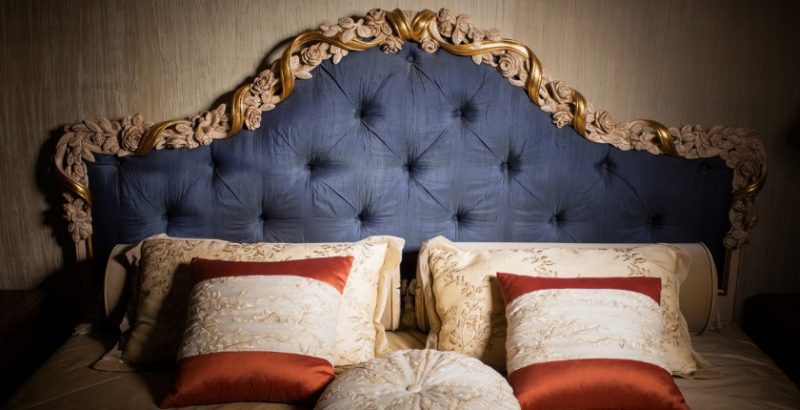A hotel in Chester, UK, offering royally furnished honeymoon suites is a beloved place for many couples to spend their first days of married bliss. The suites are designed to make them feel like proper kings and queens and prices start from £95 a night.
One of the rooms came with an exquisite four-poster bed made of ornately carved wood. The bed served its purpose for 15 years and was finally retired and discarded beside the parking lot dumpster behind the hotel.

Fortunately, this beautiful piece was found and rescued and with a highly unexpected twist for that matter. As it turns out it actually belonged to a very important royal couple — King Henry VII and Elizabeth of York.
It turns out that the fortunate hotel guests were sleeping like royals in the most literal sense. Henry VII and Elizabeth of York were the founders of the Tudor dynasty and their marriage signified the end of the long Wars of the Roses.

Henry VII managed to defeat Richard III at Bosworth Field and therefore put an end to the 30-year-long conflict between the factions of the royal family.
However, the victory was not enough to secure his power as king. He married a woman of the enemy dynasty, the house of York, and the white and red roses finally united. Their nuptial bed is, therefore, one of the strongest symbols of their rule.
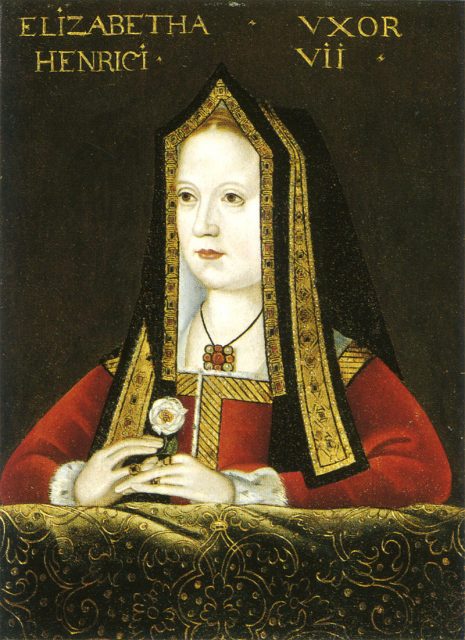
Beds in the Middle Ages had a much greater significance than we place on them today when they are just another item of furniture. They were the symbol of royal power and had a strong role in founding and continuing dynasties. Love, death and even political meetings — all important for royal politics —took place inside or in the vicinity of the bed.
The heirs were conceived in these beds after all, and this particular one is a place where the first son of Elizabeth and Henry, Arthur, was conceived. The intricately detailed bed abounded with political iconography. Ian Coulson, the man who has restored the bed and saved it from being thrown away, told local newspaper the Hexham Courant, “In an era when the bed was the greatest barometer of social status, this bed was of paramount importance because of what it represented.”
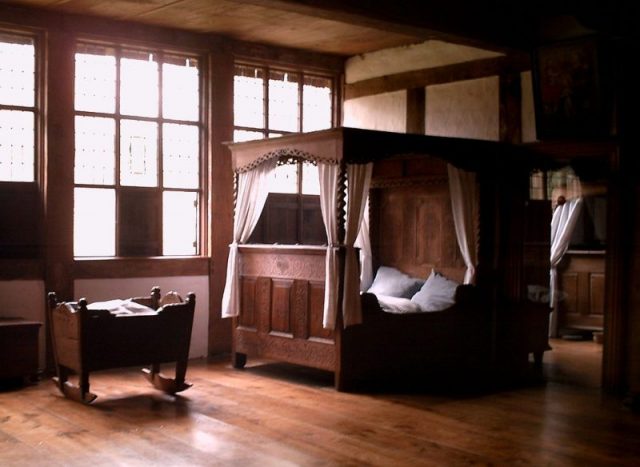
The Hexham Courant proceeds to share, “Artist Bartholomew Bath designed what became the ubiquitous symbol of Henry and Elizabeth’s reign, the Tudor Rose, for that trip to York, a visit designed to secure Henry’s Northern stronghold.”
Related Video: The Cringe-worthy and awkward process of royal wedding nights
https://youtu.be/2pWYk-Q1eTM
Additionally, the bed is covered with iconography designed to appease God into gifting a male heir to the couple. As Coulson explained, “Henry won the crown of England on the battlefield, but he needed a son and heir to cement his reign and for the dynasty to survive, so there is a lot of fertility symbolism on the bed, such as acorns and grapes. The whole bed is about unity and fertility.”
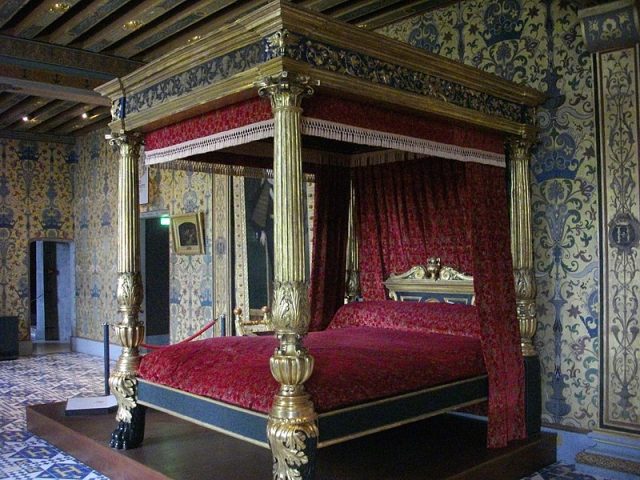
Ian Coulson bought the so-called Paradise Bed at auction for only £2,200 (roughly $2,900). He then set out on a 9-year-long mission to prove its authenticity. The research data were presented at the Victoria & Albert Museum symposium. DNA analysis has proven the bed’s frame originates from a single oak tree acquired in Central Europe.

Additionally, the minuscule traces of ultramarine paint prove the previous owner must have been of high-status. This sort of paint was extremely expensive and hard to get hold of.
Back then beds used to travel with their owners. So, Elizabeth and Henry took it with them to Lancashire in 1495. This saved it from the ensuing bonfires Cromwell made of of royal furnishings. This makes the Paradise Bed even more important as only one additional item from this era is known to be saved.
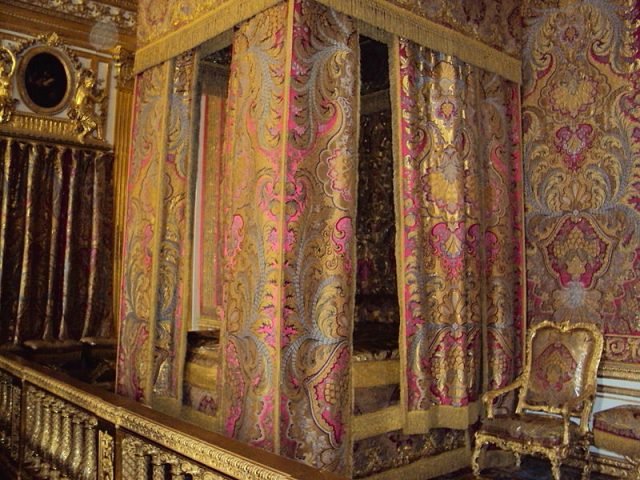
The bed was discovered in 1842 by George Shaw, a copyist who did not understand the origin and worth of his find. The Langley Collection who are presently in the possession of the piece share, “Its obfuscation into the twenty-first century is due to the fact Shaw’s smaller, simply varnished and illiterate copies were passed off as the beds of northern aristocrats seeking their family heirlooms.” Shaw was so determined to continue tricking people into believing he was selling the originals that he hid the real one in his house.
Read another story from us: Henry VIII Letter that Reflected War Preparations in 1541 Auctioned
The front crest remained concealed in his home, while the bed frame somehow got “hidden” in the Chester Hotel and escaped the attention of historians and the public for so long.
